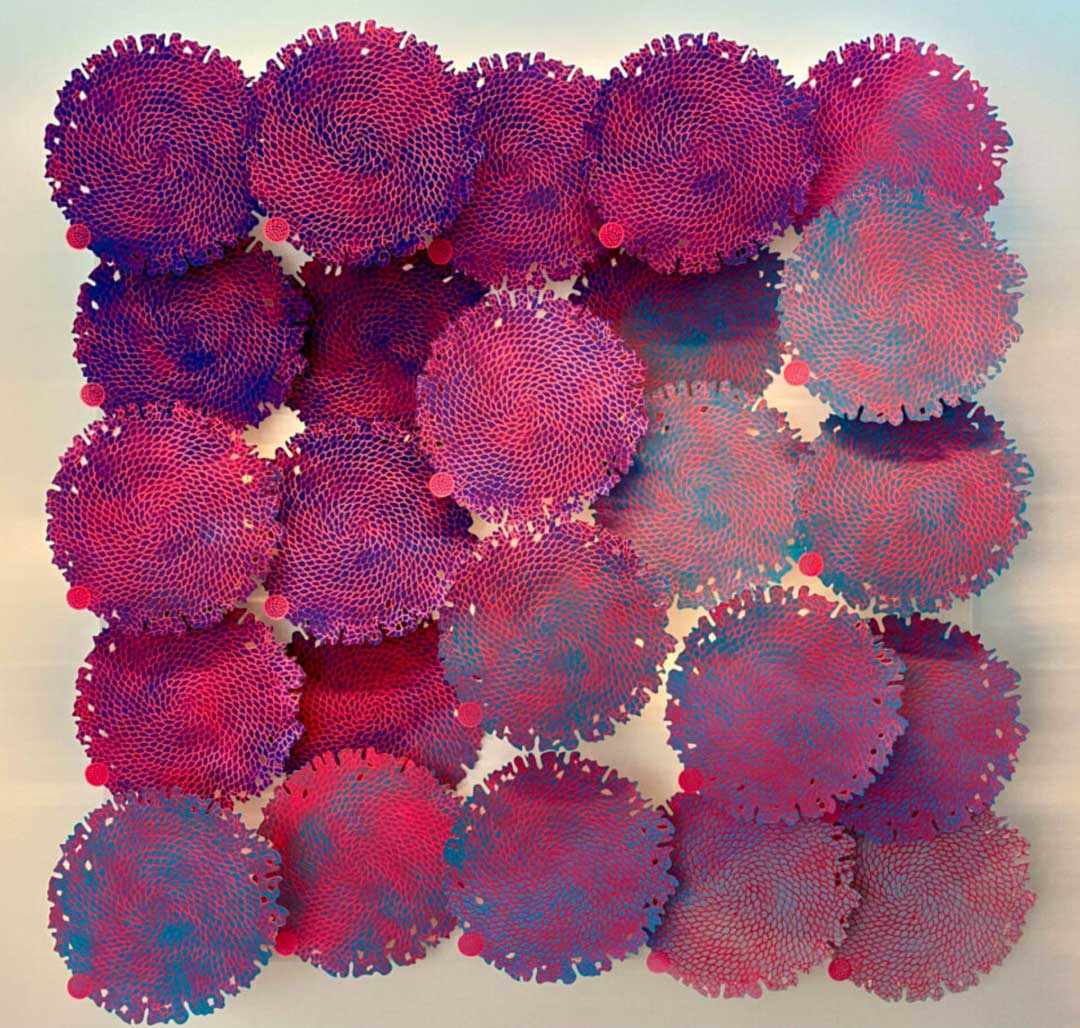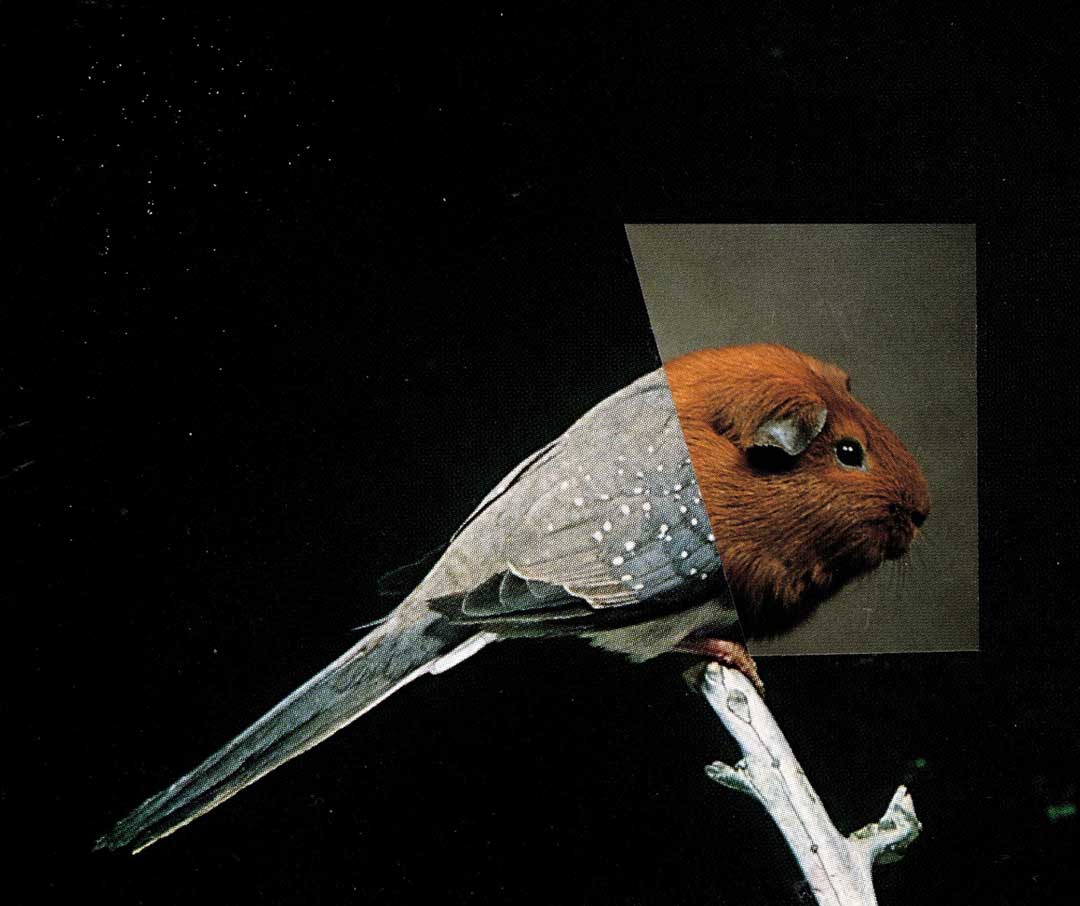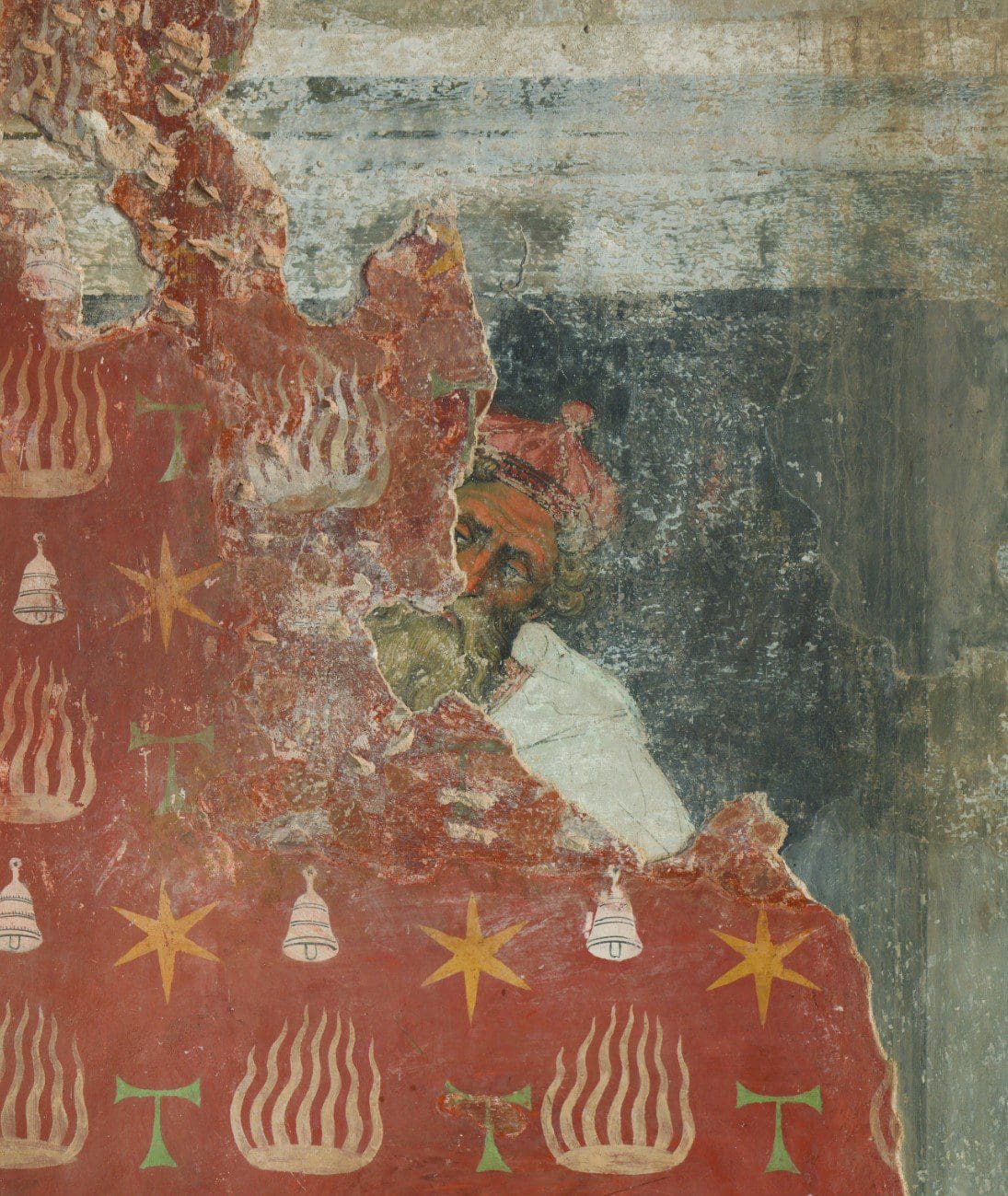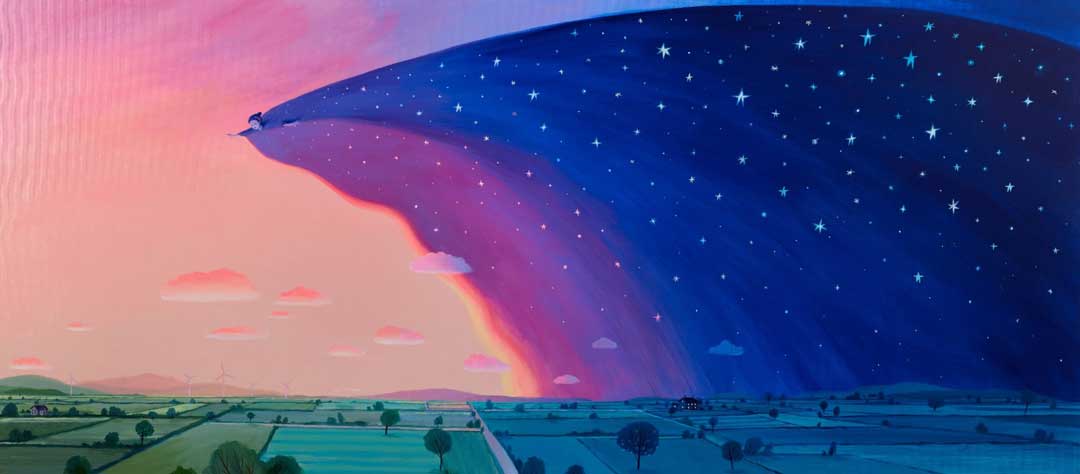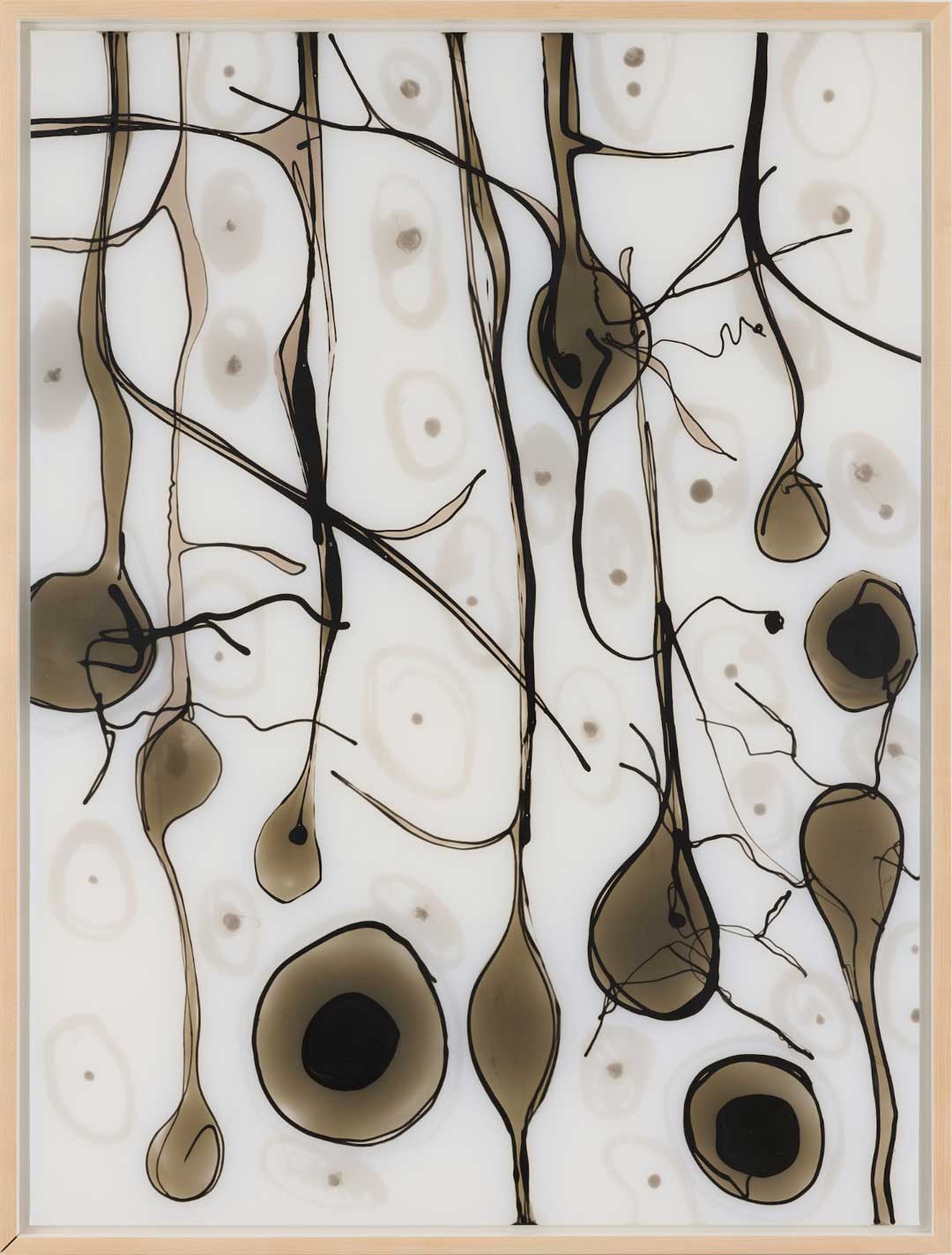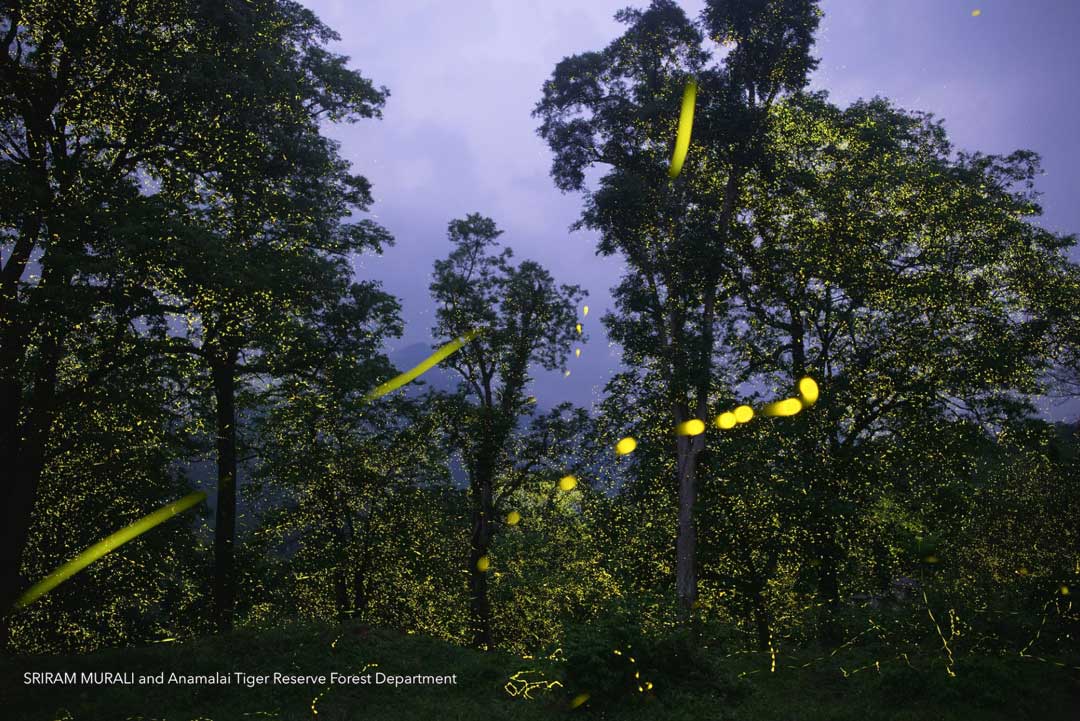UK-baed JR CHUO is is a paper cut and spray paint artist whose work explores the notion of façades in society that conceal harsh realities. His work is inspired by the tragic beauty and striking colours found in dying coral. CHUO cuts all of his designs by hand – thousands of individual shapes work in harmony to form large, seamless designs.
A: What first drew you to working with paper cut and spray paint techniques?
JRC: I discovered the art of paper cutting during a trip to Japan in 2015 and was immediately struck by the intricacy of the medium and the wide range of subject matter that artists were able to capture in one single sheet of paper.
I began experimenting with paper cutting straight after the trip and became fascinated by the versatility of the medium. In terms of spray painting, I spent a lot of time in Shoreditch, London as a child and grew up admiring street artists and creating my own stencils and spray paintings. Unlike stencils used for spray painting, my paper cutting work places emphasis on the paper itself and I often display my original paper cut artworks in fluorescent acrylic.

